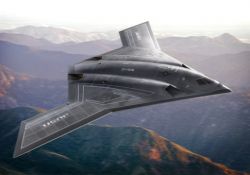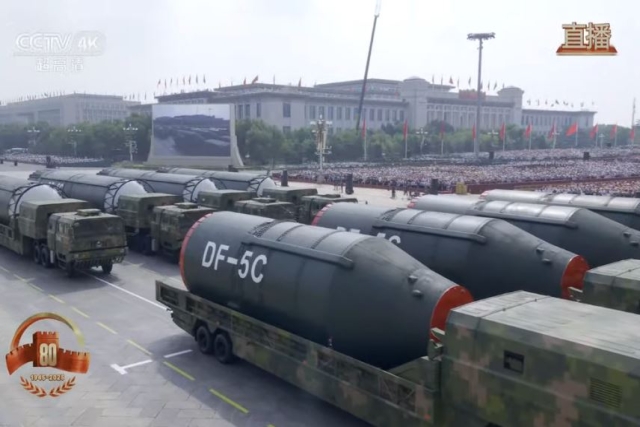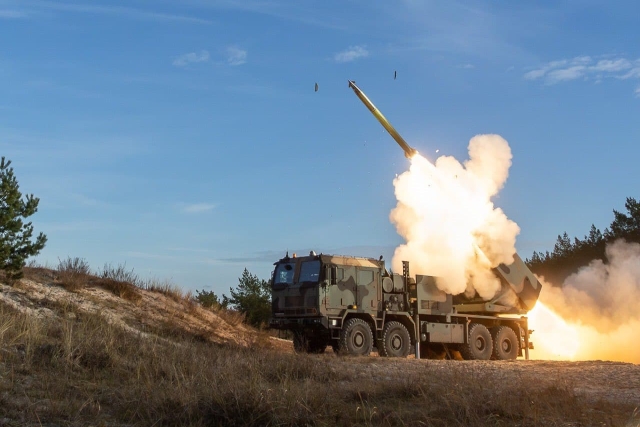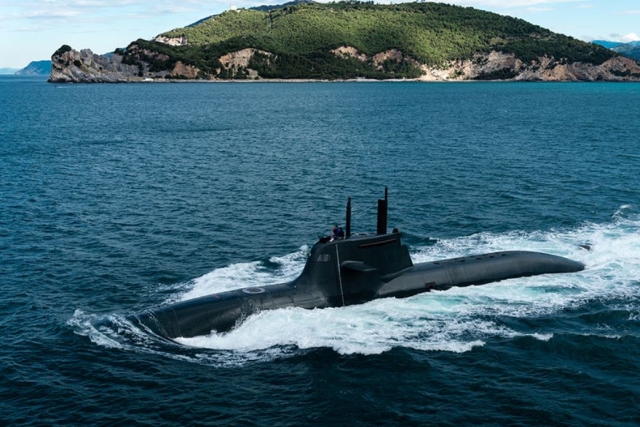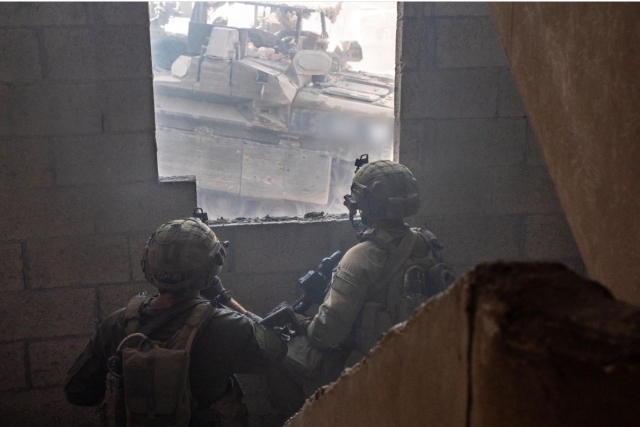US Long Range Strike Bomber To be Subsonic, Carry Nuclear Weapons
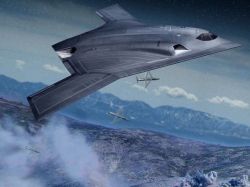
The US Air Force’s Long Range Strike Bomber (LRS-B) will fly at subsonic speeds over an extensive range and carry a variety of munitions including nuclear weapons.
Details of the LRS-B program, intended to yield 80 to 100 strategic bombers to replace aging B-52s and B-1s, beginning in the mid-2020s were revealed in a Congressional Research Service (CRS) report released on September 1.
The LRS-B, approved by Defense Secretary Robert Gates in 2011, is an optionally-manned penetrating bomber and was designed around three specific capabilities: A large and flexible payload bay capable of carrying a full range of current and future armament; Range, although classified, was another significant criterion; Projected average procurement unit cost of $550 million per plane, which was announced publicly to encourage competing manufacturers to constrain their designs.
Initial LRS-Bs will be manned, with unmanned operation possible several years after initial operational capability (IOC). Nuclear qualification will also take two years or so after IOC.
No mention was made of speed, although the combination of long range, large payload, and cost constraints strongly suggest LRS-B will be subsonic.
Air Force officials anticipate a further release of data when the system achieves its Milestone B review prior to engineering and manufacturing development (EMD).
An earlier CRS Insight noted that the LRS-B budgeted funding and deployment schedule implied that considerable development had already been accomplished. The Air Force has now confirmed this, stating that it has two robust designs in hand (from the Boeing/Lockheed Martin and Northrop Grumman teams, respectively).
LRS-B will employ open systems architecture, similar to that already being demonstrated on F-22, U-2, B-2, and other platforms. This means that the initial LRS-B aircraft can be augmented more easily by advanced technologies as they are developed; it also means that what might be expensive development of advanced sensors and/or other subsystems can be deferred and competed independently of the aircraft itself.
LRS-B is part of a family of systems, with the implication that it is the node of a larger, distributed network of sensors and communications, not all of which may have been publicly disclosed. Connectivity with this family of systems has been included in the LRS-B designs from the start, although it is not possible to gauge the maturity or stability of these systems (and thus how much LRS-B may have to be adapted in the future should those external systems change).
Contract award is expected in October, 2015, although one Air Force official said, "I've been saying 'a couple of months' for five or six months now."
The initial acquisition of LRS-B will take place in five low-rate production lots totaling about 20 aircraft. Two to three test aircraft will precede the production lots.

